Introduction
Nestled in the heart of Assam, Kaziranga National Park is a UNESCO World Heritage site known for its dense population of one-horned rhinoceroses. If you’re planning a wildlife adventure, knowing the best time to visit Kaziranga National Park is essential for the perfect experience. The right season ensures clear sightings, pleasant weather, and memorable safaris.
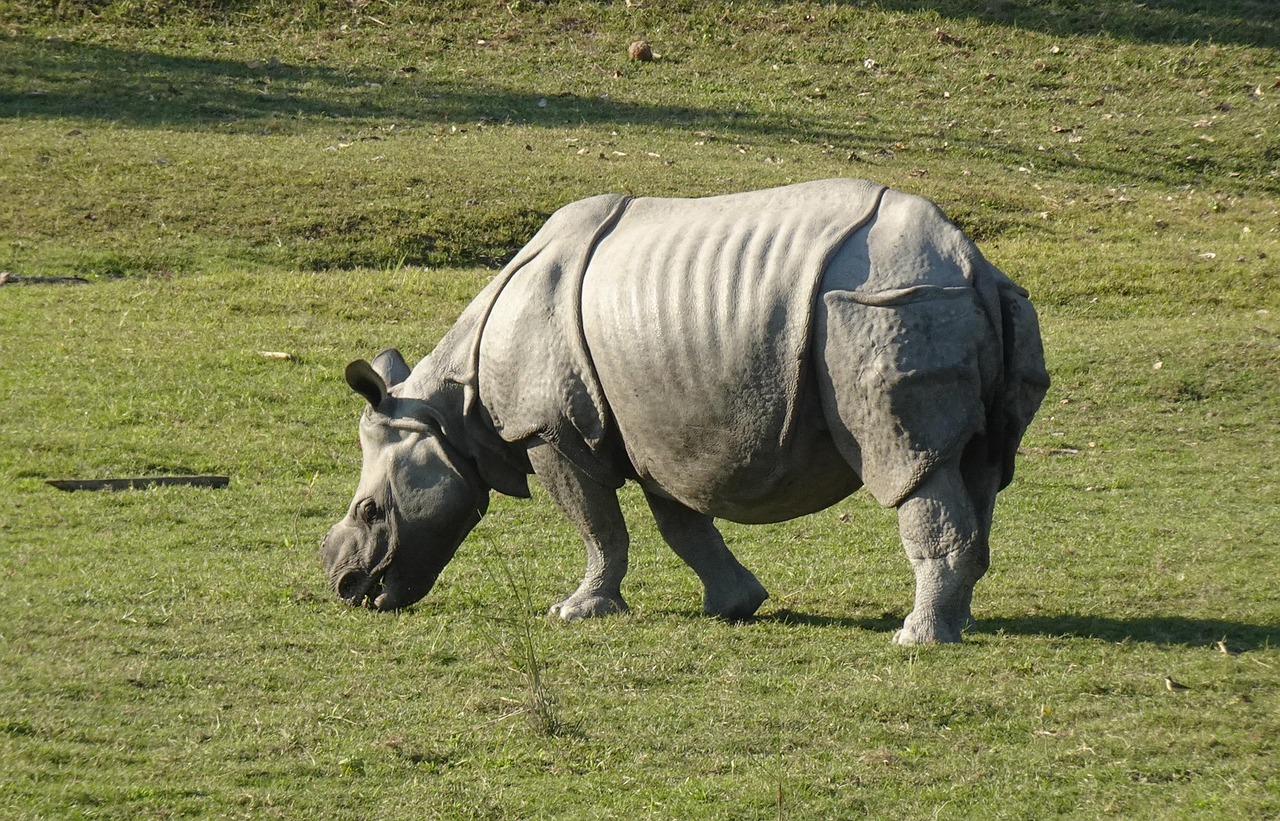
It is celebrated for its successful conservation of the one-horned rhinoceros, and it offers a rich ecosystem filled with tigers, elephants, swamp deer, wild buffalo, and over 480 species of birds. For travelers and wildlife lovers, one common question often arises: What is the best time to visit Kaziranga National Park?
This blog answers that question in detail by exploring Kaziranga’s climate patterns, wildlife behavior across seasons, and tips on how to plan your visit for the best possible safari experience.
Seasonal Overview of Kaziranga National Park
Kaziranga experiences three main seasons throughout the year:
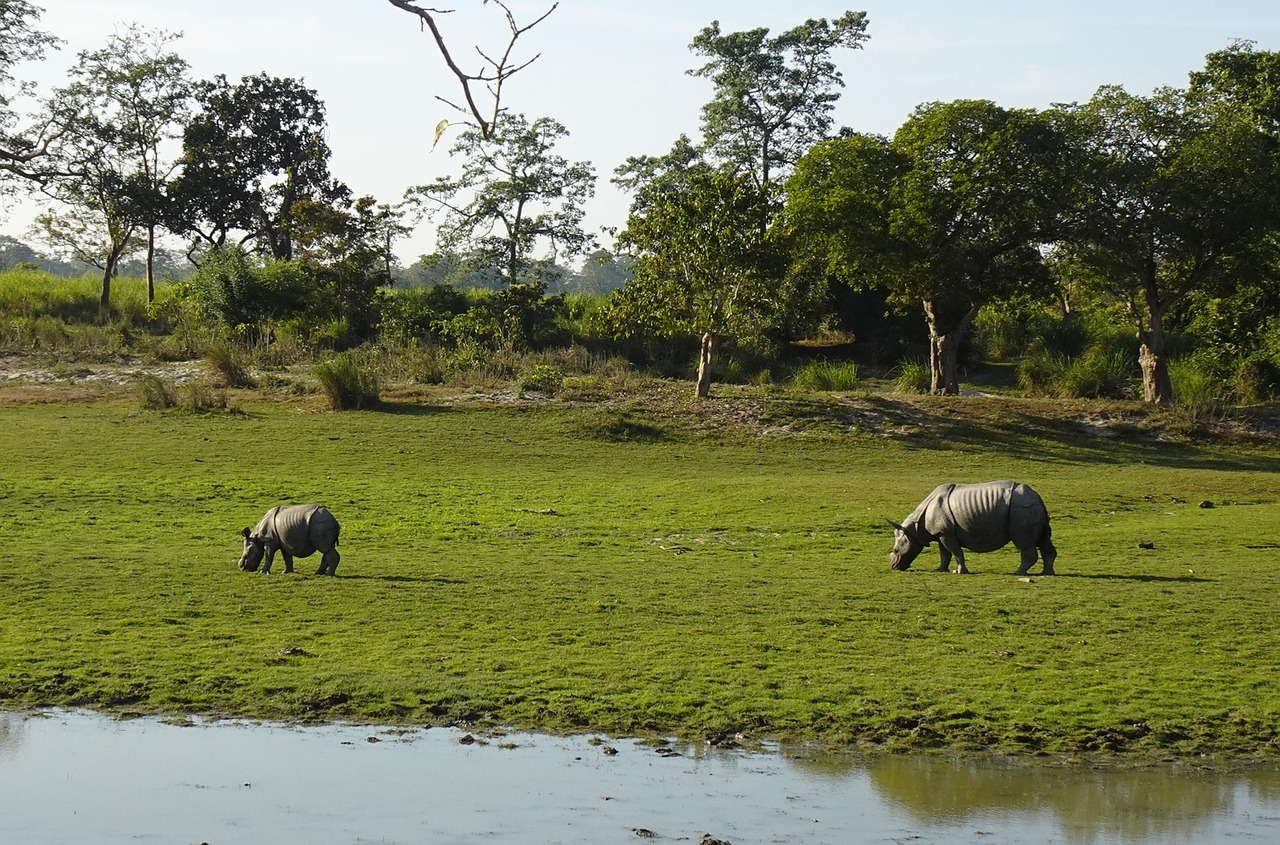
-
Summer (March to May)
-
Monsoon (June to September)
-
Winter (November to February)
Each season brings its own charm and challenges. However, not all are ideal for visiting, especially if you’re planning a wildlife safari or photography tour.
Best Time to Visit Kaziranga National Park: November to April
The park is officially open to tourists from November through April, and this is widely considered the best time to visit Kaziranga National Park. The peak season for tourism falls between December and February, when weather conditions are optimal for both wildlife sightings and comfortable safaris.
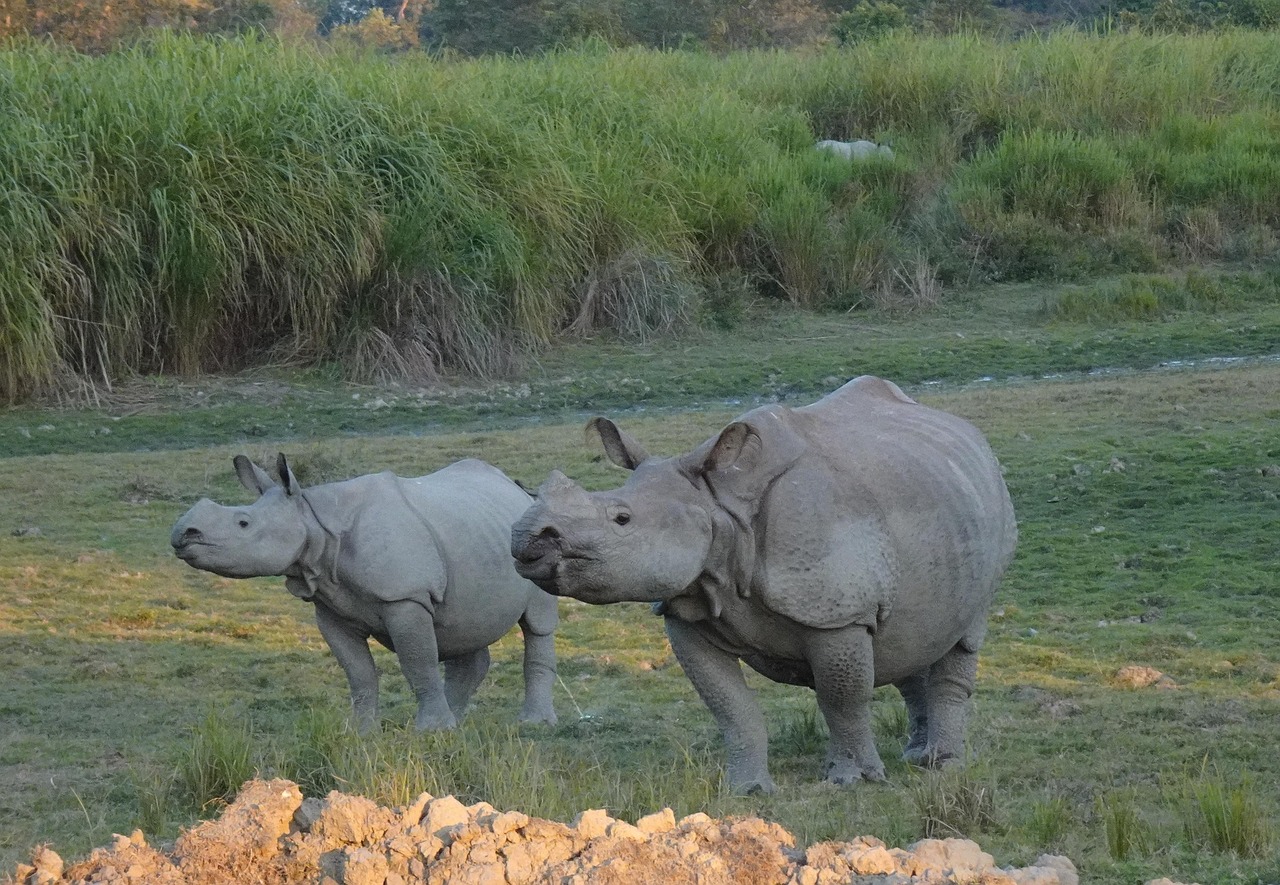
Why This Period Is Ideal:
-
Pleasant, dry weather
-
Clear skies and good light for photography
-
Easier visibility of animals due to sparse vegetation
-
High concentration of wildlife near limited water sources
-
Best time for both jeep safaris and elephant safaris
-
Presence of migratory birds, enriching the biodiversity
Visiting Kaziranga in Winter (November to February)
Weather Conditions
Temperatures range from 8°C to 25°C, with cold mornings and cool afternoons. The skies remain clear and the humidity is low.
Wildlife Experience
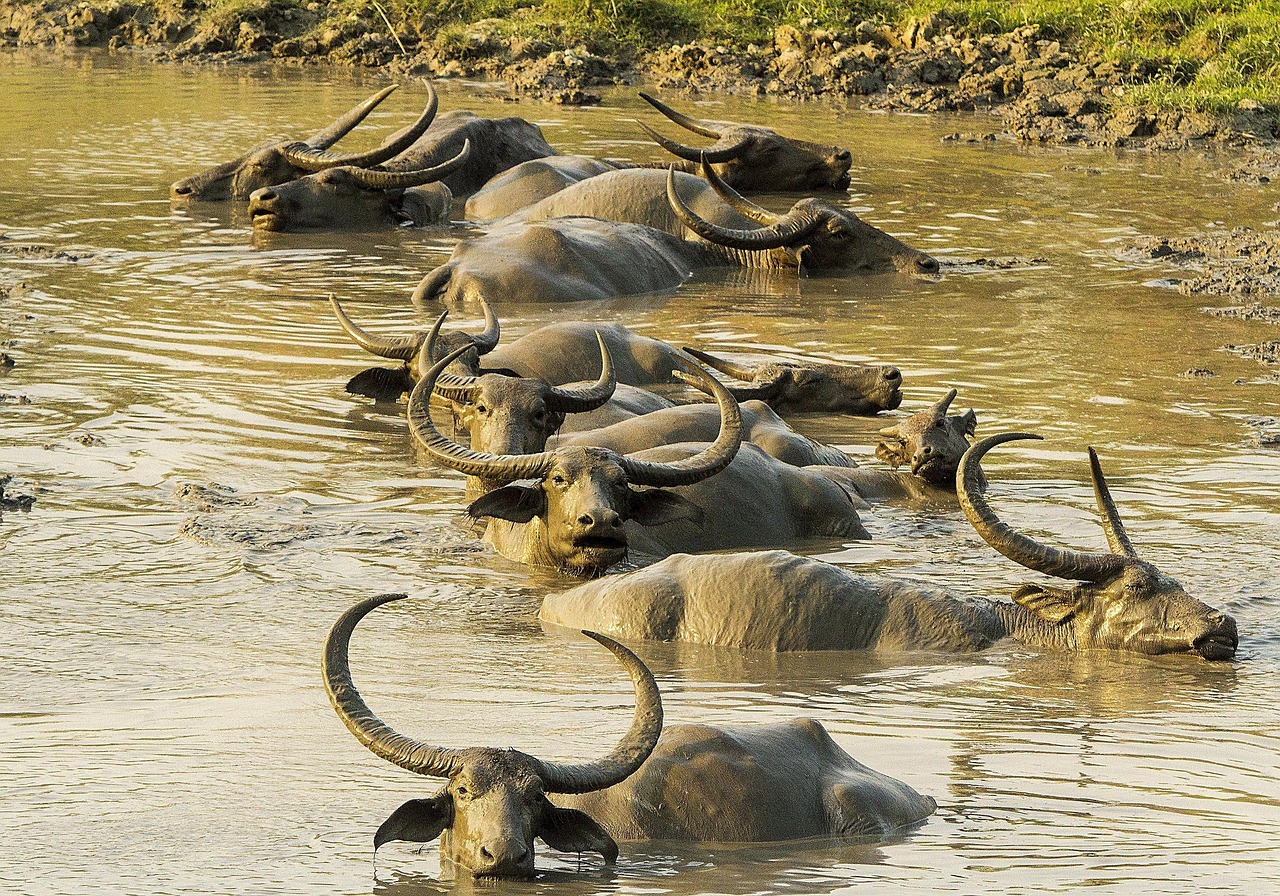
This is the most active period for wildlife movement. You are most likely to spot rhinos, elephants, swamp deer, and even the elusive tiger. Large numbers of migratory birds, including pelicans, cranes, and storks, also arrive during this season.
Travel Advice
-
Wear layered clothing for early morning safaris
-
Book accommodation and safari permits well in advance
-
Focus on early morning or late afternoon safaris for the best sightings
This period is highly recommended for wildlife photographers and first-time visitors to the park.
Visiting Kaziranga in Summer (March to May)
Weather Conditions
Temperatures rise from 20°C to as high as 38°C. The afternoons can be hot and humid, especially in April and May.
Wildlife Experience
Due to the heat and decreasing water levels, animals often gather near the remaining water sources. This improves the chance of sightings, particularly for tigers, which are more visible during this time.
Travel Advice
-
Prefer morning safaris over the hotter afternoon slots
-
Stay hydrated and wear light, breathable clothing
-
Use sun protection such as caps and sunscreen
This season is ideal for seasoned wildlife enthusiasts who prefer fewer crowds and a quieter experience, despite the warmer climate.
Visiting Kaziranga in Monsoon (June to September)
Weather Conditions
Kaziranga receives heavy monsoon rainfall, and the park lies in the floodplains of the Brahmaputra River. As a result, large portions of the park become submerged.
Park Status
Kaziranga National Park remains closed to tourists during the monsoon season due to safety concerns and flooding.
Wildlife Movement
Although the monsoon rejuvenates the park’s ecosystem, the terrain becomes inaccessible. Animals tend to move to higher grounds and nearby hills.
Travel Advice
It is not recommended to visit Kaziranga during the monsoon. However, travelers can explore Assam’s cultural and tea tourism in nearby areas during this period.
Safari Zones and Timings
Kaziranga National Park is divided into four safari ranges:
-
Kohora (Central Range)
-
Bagori (Western Range)
-
Agratoli (Eastern Range)
-
Burapahar (Ghorakati Range)
Safari Timings
-
Morning Safari: 7:00 AM to 9:30 AM
-
Afternoon Safari: 1:30 PM to 3:30 PM
Visitors can choose between jeep safaris, available in all ranges, and elephant safaris, available only in the Kohora and Bagori ranges. Elephant safaris usually take place early in the morning and are recommended for spotting rhinos from close quarters.
Booking Tip
Safari permits and elephant rides are limited, especially during the peak season. It is advisable to book them in advance through official channels or registered travel agencies.
Best Time for Photography in Kaziranga
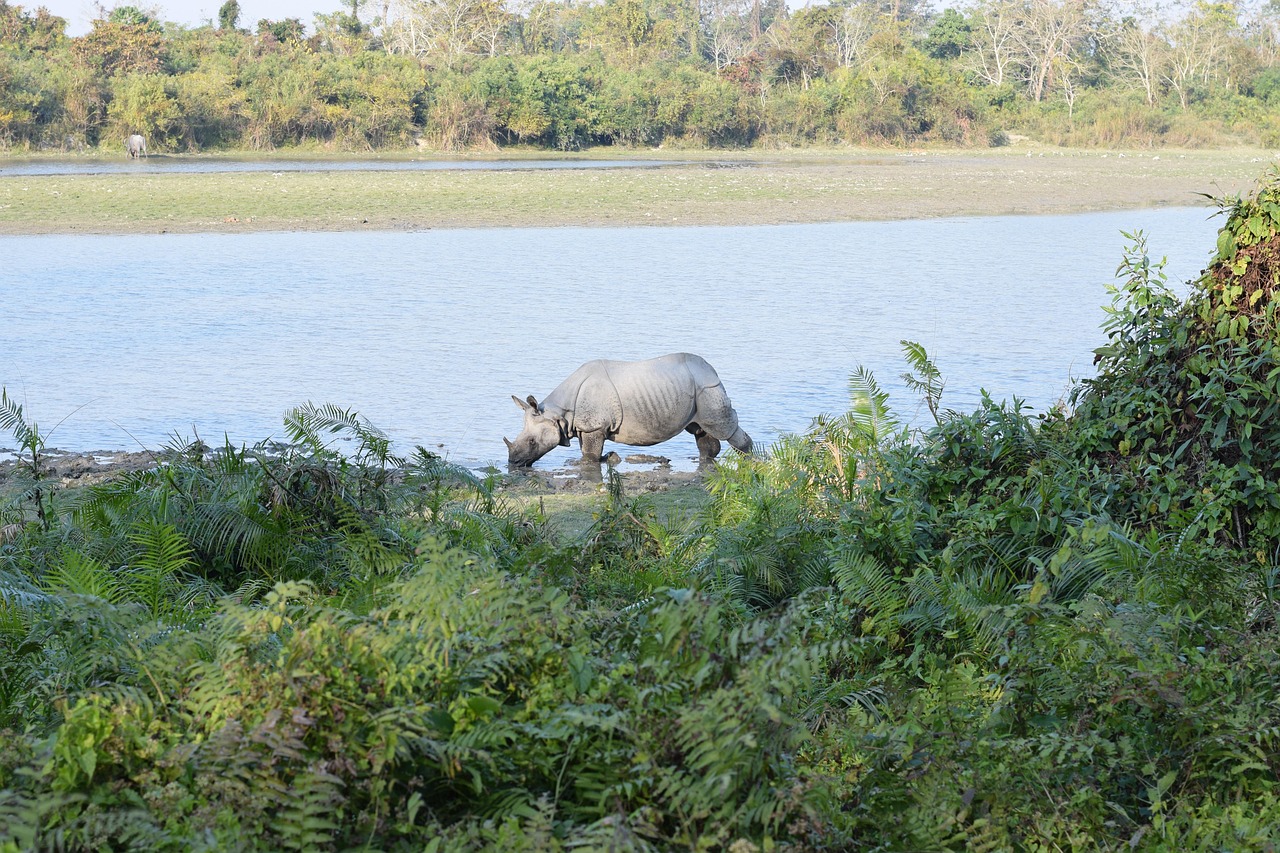
Wildlife and nature photographers will find December to February most suitable for their craft. The natural light is soft, the air is clear, and animals are more active during this period. The open landscapes and golden hues of dry grass make for striking wildlife images.
Photographers should carry long lenses, tripods, and binoculars. Early morning safaris provide the best lighting conditions.
Recommended Places to Stay
Kaziranga offers a variety of accommodation options ranging from government-run bungalows to mid-range and luxury jungle lodges. Most lodges are located near the Kohora and Bagori gates.
Top Options Include:
-
Iora – The Retreat
-
The Greenwood Kaziranga
-
Borgos Resort
-
Infinity Kaziranga Wilderness
Accommodations during peak season (December to February) can fill quickly, so early booking is strongly advised.
Practical Travel Tips
-
Always plan in advance, especially during winter months
-
Wear neutral or earth-toned clothing for safaris
-
Respect park rules and avoid disturbing wildlife
-
Carry insect repellent, sunscreen, and hats
-
Avoid plastic use and help preserve the natural habitat
Month-by-Month Travel Summary
| Month | Weather | Wildlife Viewing | Tourist Traffic | Recommended |
|---|---|---|---|---|
| November | Pleasant | Very Good | Medium | Yes |
| December | Cool and Dry | Excellent | High | Best |
| January | Cold Mornings | Excellent | High | Best |
| February | Cool and Sunny | Excellent | High | Best |
| March | Warming Up | Good | Moderate | Yes |
| April | Hot | Moderate | Low | Yes |
| May | Very Hot | Fair | Low | Caution |
| June–Sept | Monsoon | Closed | Closed | No |
| October | Starts Reopening | Average | Low | Partial |
Conclusion: When Should You Visit Kaziranga?
The best time to visit Kaziranga National Park is between November and April, with December to February being the most ideal months for a rich wildlife experience. This period offers excellent opportunities for spotting animals, birdwatching, and enjoying safaris in comfortable weather. Avoid the monsoon season entirely, as the park remains closed due to flooding.
With proper planning, timely bookings, and awareness of seasonal changes, your trip to Kaziranga can be a truly unforgettable wildlife adventure.
Latest News: suspends Jeep Safari from May 19





Comments are closed.